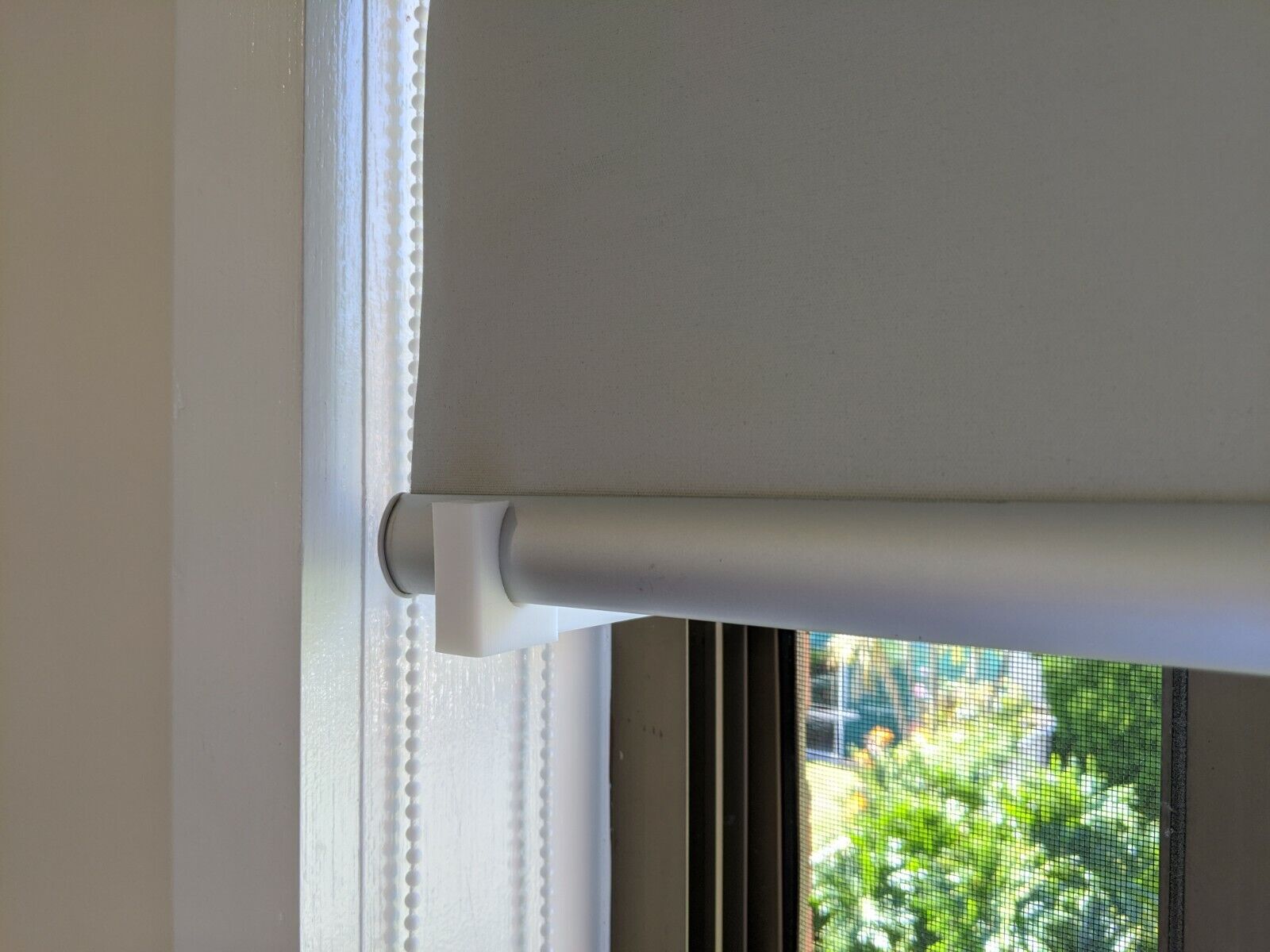

Articles
How To Prevent Window Blinds From Banging
Modified: October 20, 2024
Learn effective strategies for preventing window blinds from banging with these informative articles. Discover practical tips and techniques to maintain a peaceful and quiet home environment.
(Many of the links in this article redirect to a specific reviewed product. Your purchase of these products through affiliate links helps to generate commission for Storables.com, at no extra cost. Learn more)
Introduction
Window blinds are a popular and functional choice for controlling light, privacy, and enhancing the aesthetic appeal of any room. However, a common problem that many people face with window blinds is the annoying banging sound they make when the wind blows or when the blinds are opened or closed forcefully. Not only can this be disruptive to your peace and quiet, but it can also damage the blinds themselves.
Luckily, there are several effective methods you can employ to prevent window blinds from banging. In this article, we will explore different solutions for minimizing or eliminating the noise caused by window blinds, ensuring a peaceful and well-functioning environment in your home or office.
Key Takeaways:
- Choose the right blinds: Opt for sturdy materials, wider slats, and noise reduction features to minimize banging and enhance the functionality and aesthetics of your space.
- Proper installation and maintenance: Securely mount blinds, adjust tension, and regularly clean and inspect for damage to prevent unnecessary noise and ensure a peaceful environment.
Understanding the Problem
Before diving into the solutions, it’s important to understand why window blinds bang in the first place. The primary reason for this noise is the movement of air that is trapped between the slats of the blinds. When a breeze enters the room or when you open or close the blinds abruptly, the air rushing through the slats creates a banging noise.
This problem is more common with blinds made of lightweight materials such as aluminum or vinyl, as they tend to amplify the noise. Additionally, factors like the size and design of the blinds, as well as the level of tension, can also contribute to the banging sound.
It’s essential to address this issue not only for your own comfort but also to prolong the lifespan of your blinds. The constant banging can cause wear and tear on the blind mechanisms, leading to potential damage or malfunctioning.
Now that we’ve gained some insights into the problem, let’s explore various solutions to prevent window blinds from banging and restore tranquility to your space.
Choosing the Right Window Blinds
One of the key factors in preventing window blinds from banging starts with choosing the right type of blinds. Consider the following factors when selecting your blinds:
1. Material: Opt for blinds made of heavier materials such as wood or faux wood. These materials tend to be more sturdy and less prone to banging compared to lighter options like aluminum or vinyl blinds.
2. Slats: Look for blinds with wider slats rather than narrow ones. Wider slats provide less opportunity for air to pass through, reducing the chances of the blinds banging in the wind.
3. Tension Control: Some blinds come with built-in tension control features that allow you to adjust the tightness of the slats. This feature can help prevent the blinds from swinging and banging when there is air movement.
4. Noise Reduction: Consider blinds that come with noise reduction features, such as foam inserts or rubberized components. These additions can cushion the impact of the slats, minimizing or eliminating the banging noise.
5. Consultation: If you’re unsure about the best blinds for your space, consult with a professional blinds supplier or interior designer. They can provide advice on the most suitable options based on your specific needs and preferences.
By carefully selecting blinds with these considerations in mind, you can greatly reduce the likelihood of window blinds banging and enhance the overall functionality and aesthetics of your space.
Installing Window Blinds Correctly
Proper installation of window blinds is essential not only for functionality but also for minimizing the chances of them banging. Here are some tips for installing window blinds correctly:
1. Measurements: Accurate measurements are crucial to ensure a proper fit for your blinds. Measure the width and height of the window frame, taking into account any obstructions such as handles or window cranks. Double-check your measurements before purchasing blinds to ensure they will fit snugly without excessive movement.
2. Secure Mounting: Use sturdy brackets and screws to secure the blinds properly. Ensure that the brackets are leveled and aligned, allowing the blinds to hang straight and minimizing the chances of them swinging and banging when in use.
3. Tighten Tension: After mounting the blinds, adjust the tension to ensure that the slats are not too loose. This will help minimize movement and reduce the likelihood of banging. Refer to the manufacturer’s instructions for information on how to adjust the tension properly.
4. Clearance: Make sure there is enough clearance between the blinds and the window glass or frame. If the blinds are installed too close to the window, they may rub against the glass or frame, causing unnecessary noise. Leave a small gap to allow for smooth operation without any friction.
5. Test Operation: Once the blinds are installed, test their operation to ensure they open and close smoothly without excessive swinging or banging. If you notice any issues, such as loose slats or difficulty in movement, make necessary adjustments or consult a professional for assistance.
By following these installation tips, you can ensure that your window blinds are securely mounted and functioning properly, minimizing the chances of them banging and providing a more enjoyable user experience.
Adjusting Tension and Length
One of the key reasons why window blinds bang is due to incorrect tension and length. Here are some steps to adjust the tension and length of your blinds to prevent banging:
1. Tension Adjustment: If your blinds have a tension adjustment mechanism, locate it and make the necessary adjustments. With a screwdriver or the provided tool, tighten or loosen the tension to your preferred level. This will help control the movement of the blinds and reduce the chances of them banging in the wind.
2. Length Adjustment: If your blinds are too long, they may swing and hit against the window frame or wall, causing banging noise. Most blinds can be adjusted in length by removing excess slats. Measure the desired length and carefully remove the excess slats using a hacksaw or appropriate cutting tool. Be sure to follow the manufacturer’s instructions for adjusting the length of your specific type of blinds.
3. Balancing the Slats: Uneven slat alignment can also contribute to blinds banging. Check if any slats are misaligned or crooked. Gently twist the wand or tilt rod to help align the slats evenly. This will minimize unnecessary movement and reduce the chances of banging.
4. Regular Checks: Periodically inspect your blinds to ensure that the tension and length are still adjusted correctly. Over time, blinds may loosen or lengthen due to frequent use or other factors. Making regular adjustments and maintenance will help prolong the life of your blinds and prevent unnecessary noise.
By adjusting the tension and length of your window blinds, you can effectively control their movement and minimize the banging noise. Taking the time to properly adjust your blinds will provide you with a more peaceful and enjoyable environment.
Install window blind hold-down brackets to prevent the blinds from swinging and banging against the window frame. These brackets will secure the bottom of the blinds in place, reducing noise and preventing damage.
Using Tie-Downs or Hold-Down Brackets
To prevent window blinds from banging, one effective solution is to use tie-downs or hold-down brackets. These accessories help secure the bottom of the blinds, keeping them in place and minimizing unnecessary movement. Here’s how to use tie-downs or hold-down brackets:
1. Tie-Downs: Tie-downs are typically made of fabric or cord and are attached to the bottom rail of the blinds. They are then secured to a hook or anchor point on the window frame or wall. To use tie-downs, follow these steps:
– Position the blinds at the desired length, ensuring they are not too tight or too loose.
– Attach the tie-downs to the bottom rail of the blinds, making sure they are evenly spaced.
– Use the provided hooks or anchors to secure the tie-downs to the window frame or wall. Ensure that the tie-downs are taut but not overly stretched.
2. Hold-Down Brackets: Hold-down brackets are metal brackets that are installed at the bottom of the window frame. They have a lip or slot where the bottom rail of the blinds can be inserted and held securely in place. Here’s how to use hold-down brackets:
– Position the blinds at the desired length, ensuring they are not too tight or too loose.
– Install the hold-down brackets at the bottom of the window frame, following the manufacturer’s instructions.
– Insert the bottom rail of the blinds into the slot or lip of the hold-down brackets. Make sure it is securely positioned.
Using tie-downs or hold-down brackets provides an effective way to keep the bottom of the blinds in place, reducing swinging and banging in the wind. These accessories can be easily installed and adjusted as needed, giving you greater control over the movement of your blinds.
Remember to regularly inspect the tie-downs or hold-down brackets to ensure they are securely attached and functioning properly. Make any adjustments or replacements as necessary to maintain their effectiveness in preventing banging.
Applying Weather Stripping or Cushioning
Another effective method to prevent window blinds from banging is by applying weather stripping or cushioning to the blinds themselves. These materials help absorb impact and reduce the noise caused by the blinds swinging or hitting against the window frame. Here’s how you can apply weather stripping or cushioning:
1. Weather Stripping: Weather stripping is typically made of foam or rubber and is used to seal gaps and provide insulation. Here’s how to apply weather stripping to your blinds:
– Measure the length of the top and bottom rails of your blinds.
– Cut strips of weather stripping to match the measurements.
– Peel off the backing of the weather stripping and carefully attach it to the top and bottom rails of the blinds.
– Press firmly to ensure it adheres securely.
2. Cushioning: Cushioning materials can also be used to reduce the impact and noise produced by window blinds. Here are some options for cushioning:
– Adhesive-backed foam: Cut strips or patches of adhesive-backed foam and apply them to areas where the blinds may come in contact with the window frame or wall.
– Felt pads: Attach self-adhesive felt pads to the bottom of the blinds to provide cushioning and minimize noise when they hit against the window sill.
– Velcro strips: If your blinds have a metal bottom rail, you can attach pieces of Velcro to the rail and the window sill. This will help cushion the impact and reduce banging noise.
By applying weather stripping or cushioning to your window blinds, you can create a buffer between the blinds and the window frame, effectively reducing impact and minimizing banging noise. Regularly check and replace the weather stripping or cushioning if they become worn out or lose their effectiveness.
Remember to choose materials that are durable, easy to clean, and do not interfere with the smooth operation of your blinds. With these simple additions, you can enjoy quieter and more peaceful surroundings.
Regular Maintenance and Cleaning
In addition to the aforementioned solutions, implementing a regular maintenance and cleaning routine for your window blinds can also help prevent banging and ensure their optimal performance. Here are some tips for maintaining and cleaning your blinds:
1. Regular Dusting: Dust and debris can accumulate on the slats of your blinds, which can affect their smooth operation. Use a feather duster, microfiber cloth, or a vacuum cleaner with a brush attachment to regularly dust the blinds. Start from the top and work your way down, gently wiping each slat to remove any dust buildup.
2. Spot Cleaning: For blinds that require more thorough cleaning due to stains or spills, spot cleaning may be necessary. Use a mild detergent or window blind cleaning solution diluted with water. Dampen a cloth or sponge with the solution and gently wipe the affected area. Be careful not to use excessive water, as it may damage certain types of blinds.
3. Deep Cleaning: Depending on the material and condition of your blinds, periodic deep cleaning may be required. For fabric blinds, check the manufacturer’s instructions for specific cleaning recommendations. For other types of blinds, you can use a mixture of warm water and mild dish soap. Dip a soft cloth or sponge into the soapy solution, wring out excess water, and carefully clean each slat. Rinse the cloth or sponge and wipe off any soap residue. Allow the blinds to air dry fully before operating them.
4. Inspect for Damage: Regularly inspect your blinds for any signs of damage, such as broken or missing slats, loose cords, or malfunctioning mechanisms. If you notice any issues, make the necessary repairs or contact a professional blinds repair service.
5. Operate with Care: When opening, closing, or adjusting the blinds, do so with gentle and controlled movements. Avoid jerking or pulling them forcefully, as this can cause unnecessary swinging and potential banging.
By incorporating regular maintenance and cleaning into your blinds care routine, you can keep them in optimal condition, minimize the chances of banging, and prolong their lifespan. Maintaining clean and well-functioning blinds will not only enhance the overall aesthetics of your space but also contribute to a quieter and more peaceful environment.
Conclusion
Window blinds can add beauty and functionality to any space, but the banging noise they produce can be frustrating and disruptive. Fortunately, there are several effective solutions to prevent window blinds from banging and restore peace to your environment.
Start by choosing the right window blinds with materials that are sturdy and slats that are wide, minimizing the opportunity for air to pass through. Proper installation is crucial, ensuring secure mounting and adjusting the tension and length of the blinds to prevent unnecessary swinging and banging.
Consider using tie-downs or hold-down brackets to secure the bottom of the blinds, reducing movement and noise. Applying weather stripping or cushioning materials can also provide a buffer and absorb impact, minimizing the sound of blinds hitting against the window frame.
Regular maintenance and cleaning of your blinds are essential to keep them in optimal condition. Dusting, spot cleaning, and deep cleaning when necessary will not only improve their appearance but also contribute to smoother operation and reduce the chances of banging.
In conclusion, with the right choices, proper installation, utilization of accessories, and regular maintenance, you can prevent window blinds from banging and enjoy a peaceful and serene atmosphere in your home or office. Don’t let the noise of banging blinds disrupt your tranquility – take the necessary steps to keep your blinds functioning smoothly and silently.
Now that you've got the know-how to keep those window blinds quiet, why not tackle more projects around your home? Whether you're looking to create a unique piece of furniture or add a personal touch to your decor, our guide on DIY home projects is packed with tips to get you started. From simple repairs to complete overhauls, find inspiration and step-by-step instructions to transform your space with your own two hands. Ready to roll up your sleeves and get creative? Check out our comprehensive guide and turn those ideas into reality!
Frequently Asked Questions about How To Prevent Window Blinds From Banging
Was this page helpful?
At Storables.com, we guarantee accurate and reliable information. Our content, validated by Expert Board Contributors, is crafted following stringent Editorial Policies. We're committed to providing you with well-researched, expert-backed insights for all your informational needs.




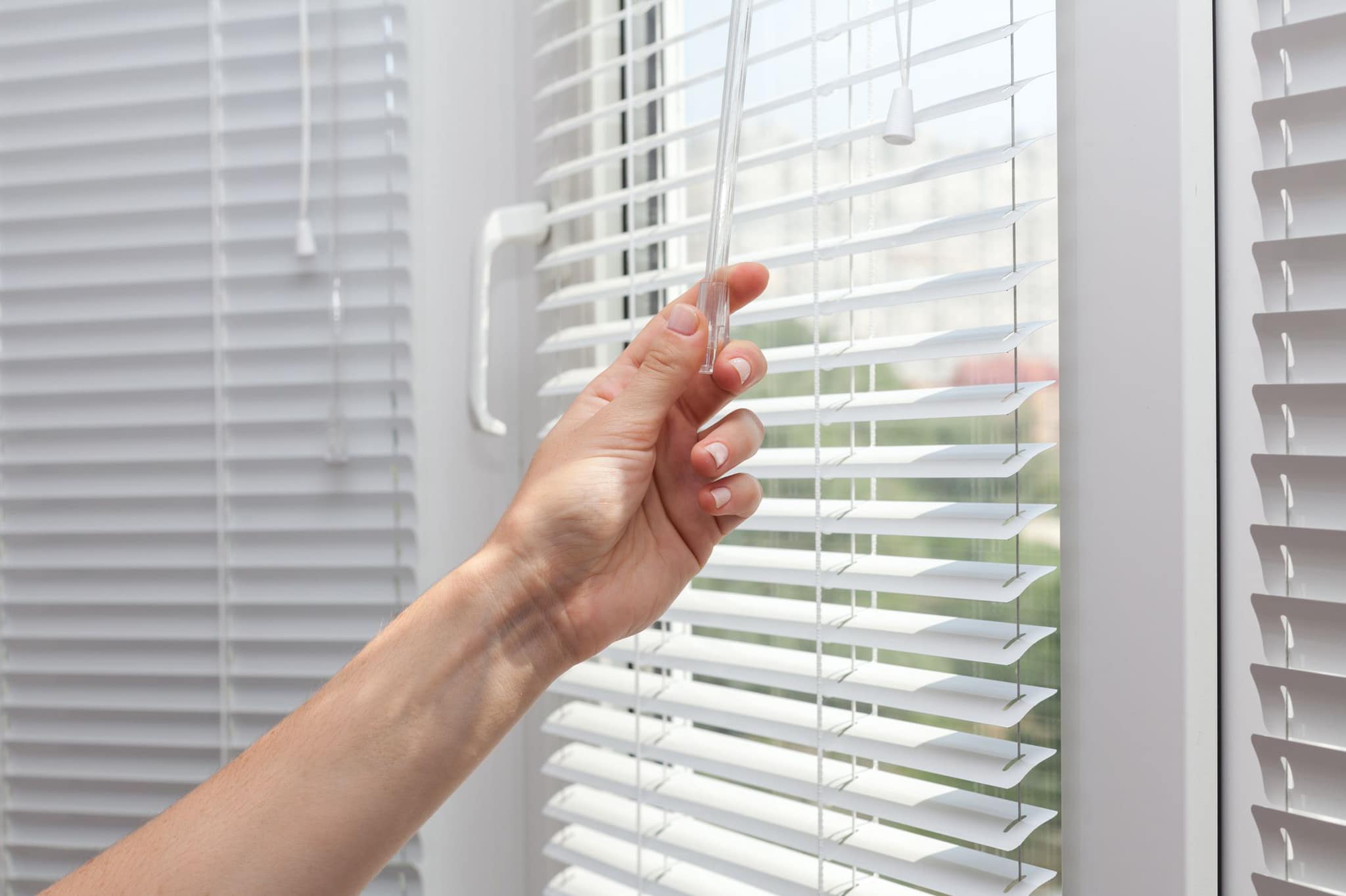
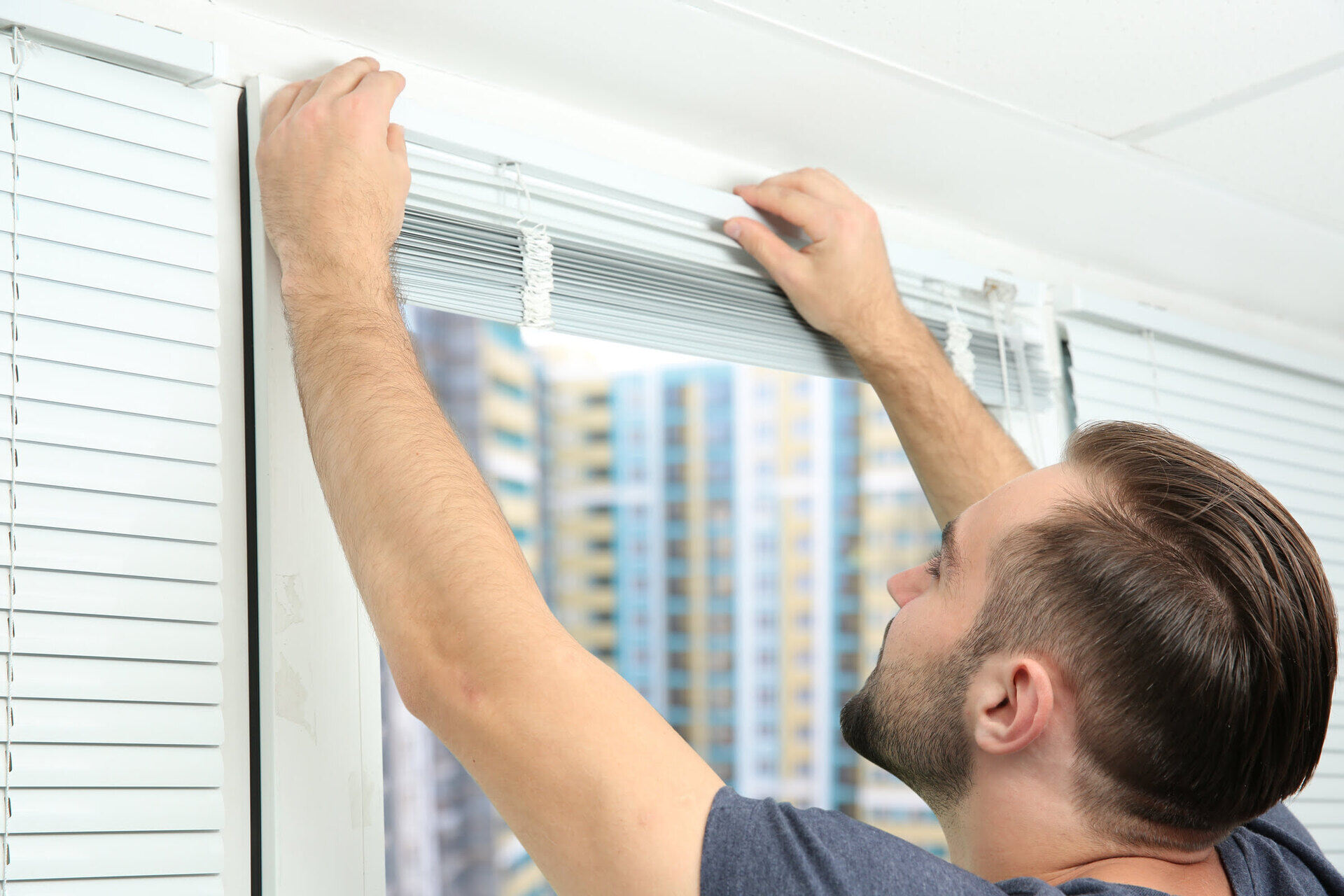
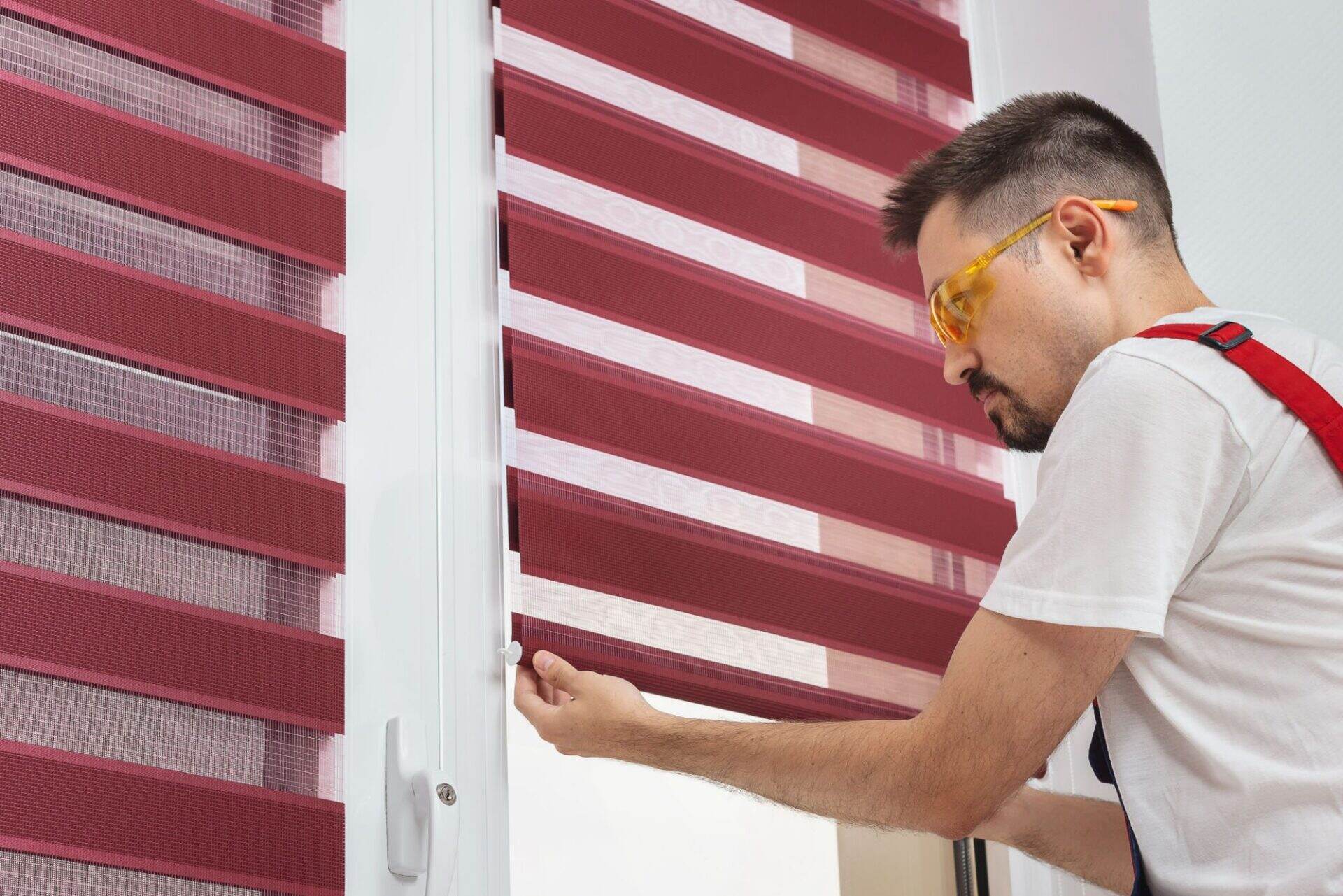


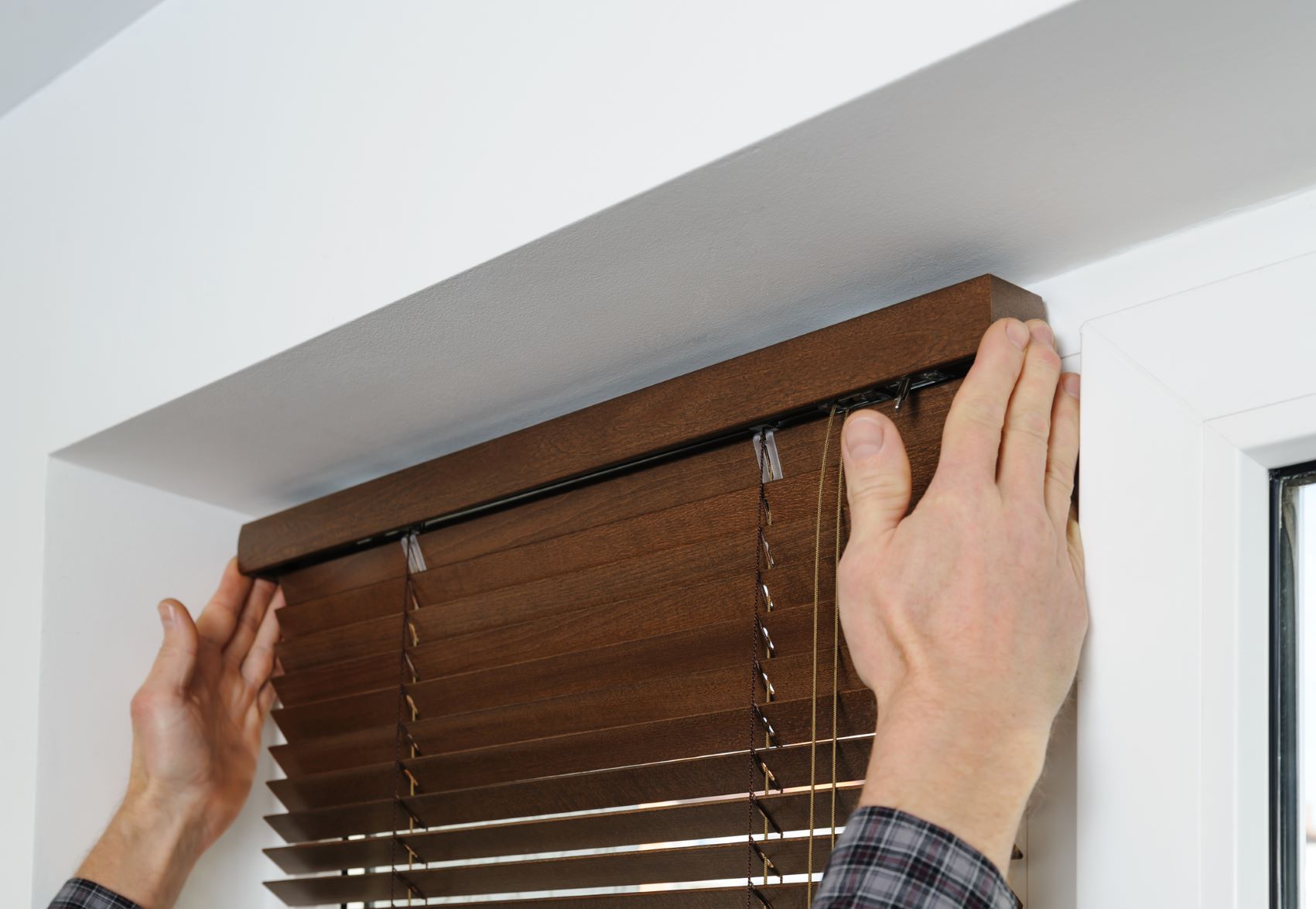
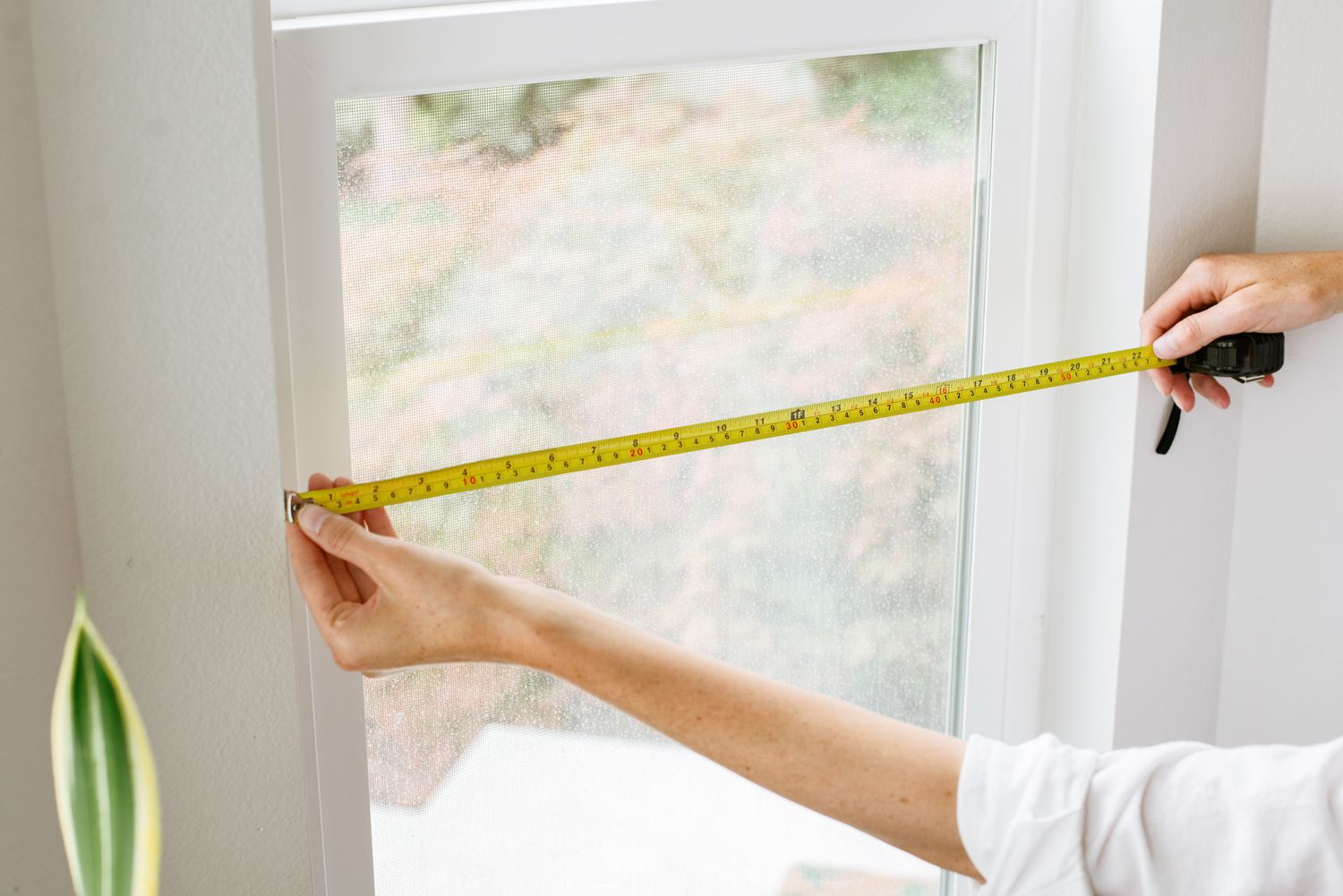
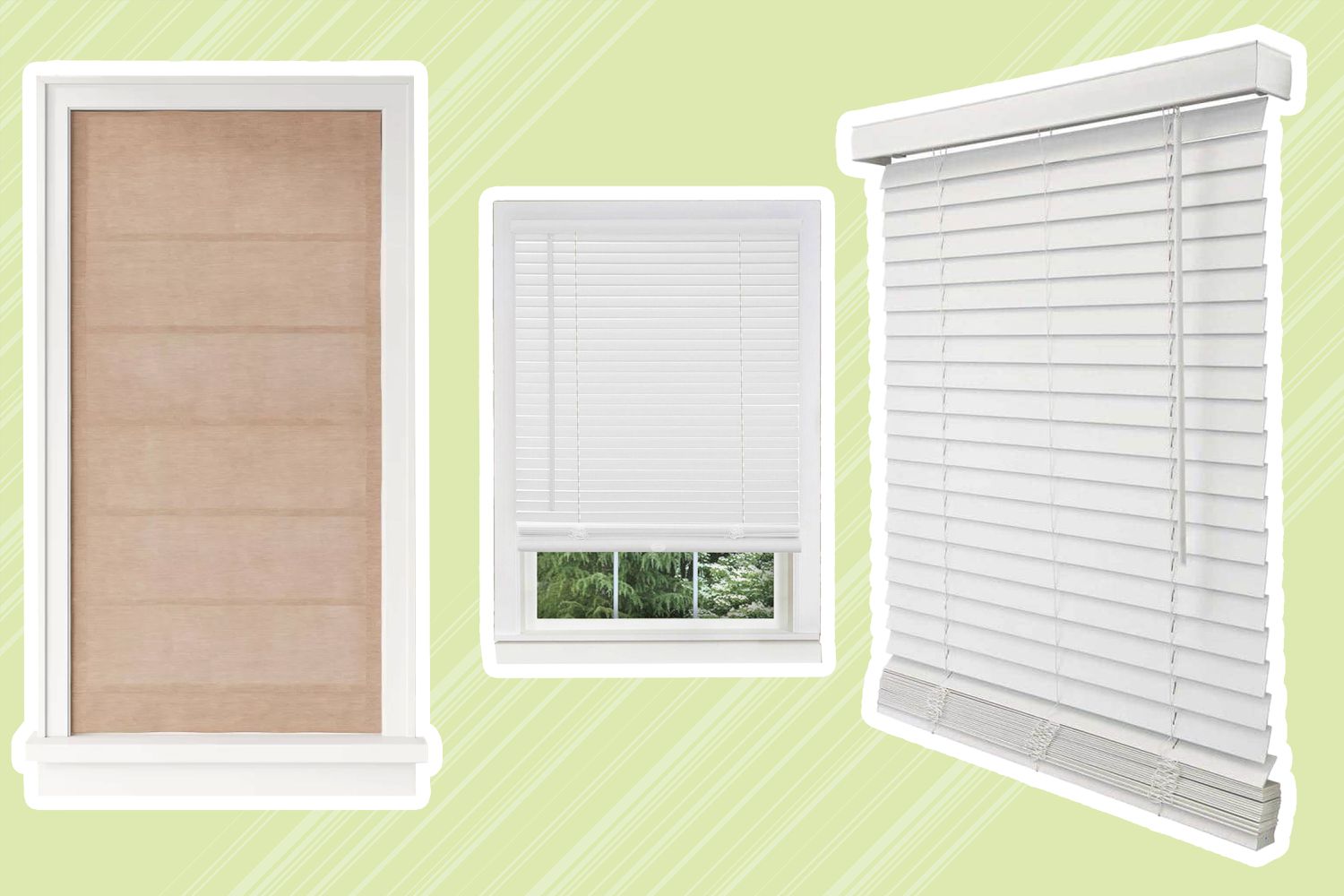
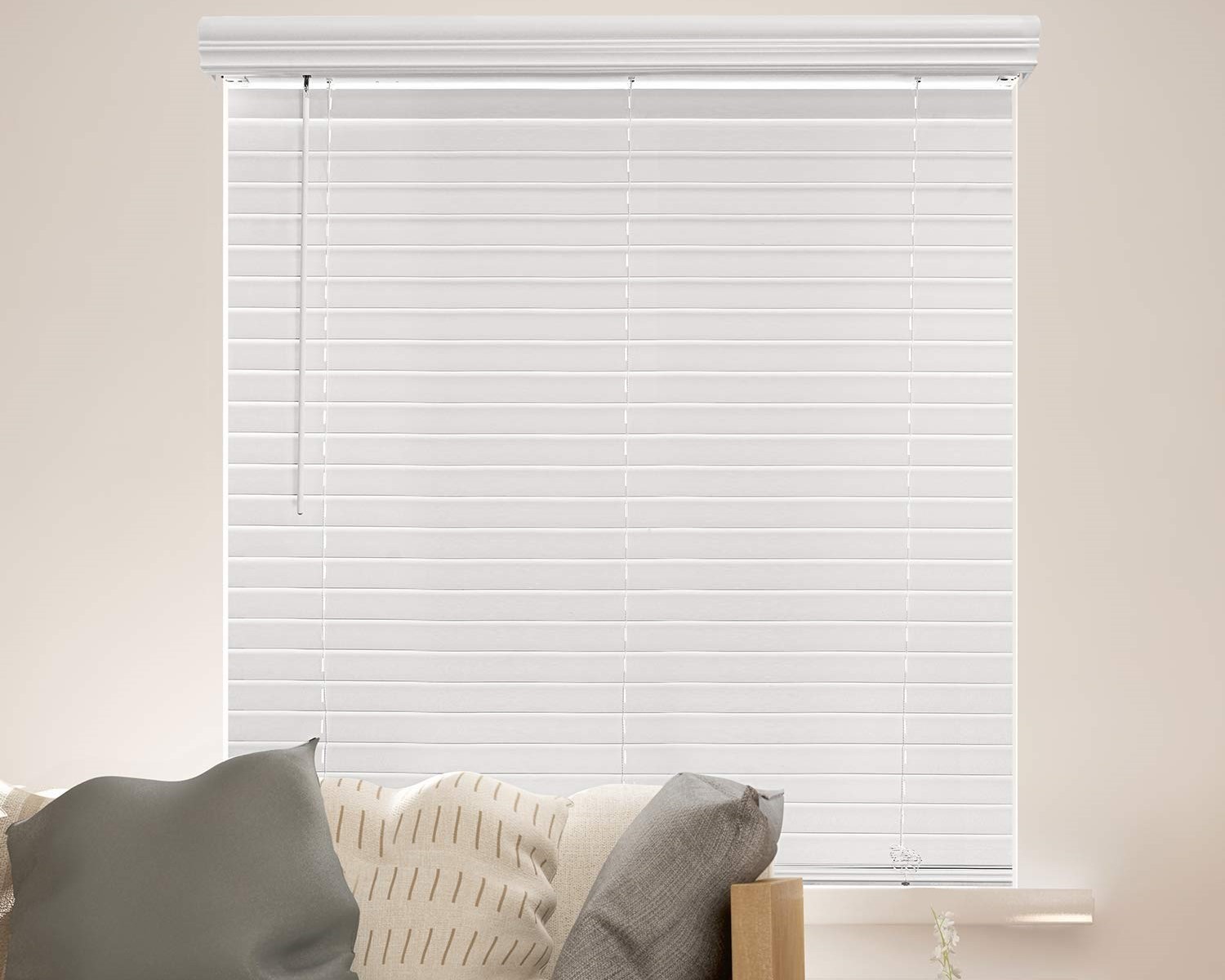


0 thoughts on “How To Prevent Window Blinds From Banging”